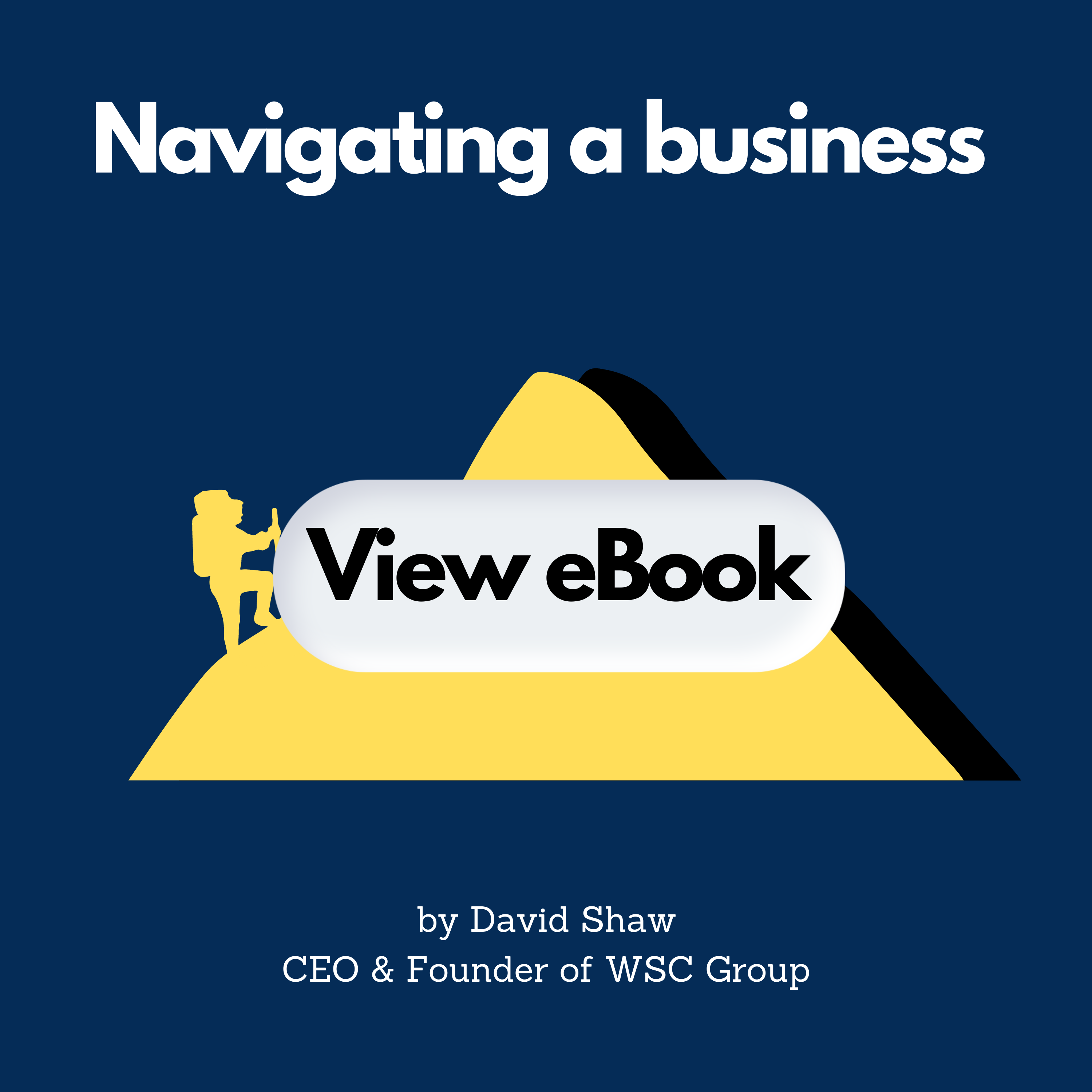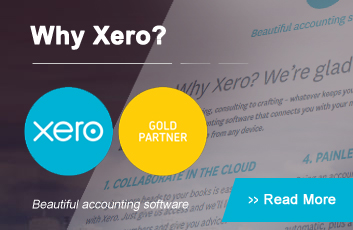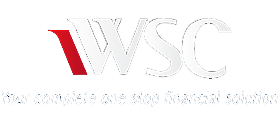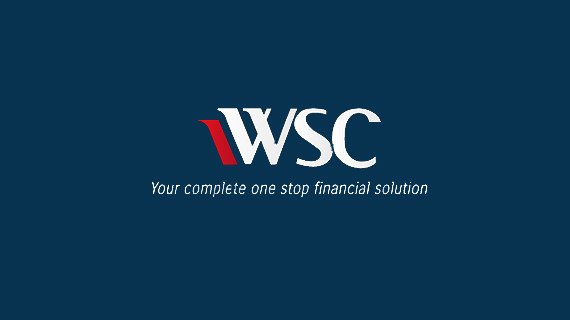Cashflow is King - Preparing in a Period of Economic Uncertainty
Most business owners know they need to maintain profitability in order to survive, but even if you are profitable on paper, you may still find yourself in cashflow stress and unable to pay all your debts on time.
When economic times become more uncertain, you may start to see the number of days customers take to pay creep up so it’s important to understand your cashflow and plan accordingly.
What is Cash Flow?
Cashflow is the movement of money in to and out of your business. Knowing your cash flow is key to any well-oiled business. The more you know, the more prepared you are to plan and assess where your business is going. It will also enable you to make better decisions if you know you need access to temporary cashflow solutions in advance.
What are some of the reasons for poor cashflow?
Too much stock on hand
Many businesses have too much stock on hand as a direct result of the delays in shipping and deliveries created by COVID, as many businesses are starting to see those delivery timeframes tighten up, it’s time to readjust your stock levels accordingly.Customers paying late
SME’s often report that being paid late by their own customers is one of the key reasons they are finding cashflow difficult. This is not always simple to resolve but some of our key tips are:- Make it easier for customers to pay; offer eftpos, credit, EFT as many options as possible to remove any barriers to payment being made.
- Offer discounts for on time payments rather than penalties for late payment which may be harder to enforce.
- If you supply goods to your customers, ask for an upfront deposit to cover at least the cost of the goods.
- Know when it’s time to say goodbye to a customer who continues to disrespect your payment terms.
- Poor financial records - If you are not keeping your books up to date then it is difficult to chase late payers or know what bills you have coming up. These days there are plenty of options around to assist you with these processes such as:
b. QuickBooks c. DEXT
All these products can play a part in automating many of your record keeping processes.
Spending more than you earn
Many business owners simply take too much from their business at a level the business is unable to support. If this is you then you need to either work on the profitability of the business or assess whether being in business is for you.Pricing
As costs have increased for every business over the last 2 years it is crucial that you have evaluated your pricing to make sure you are pricing each of your products or services appropriately.Growth for growths sake
If your top line is growing but your bottom line has flatlined or is shrinking then you need to look at your growth plans and revaluate whether the path you are taking is appropriate. For some businesses a short period of flat profitability to build capacity when you are growing is normal, but this should not be an ongoing trend, if it is, it’s time to take stock.
Once you have identified your issues what’s next?
The next step once you know your issues, is starting to measure your improvement by doing some cash flow planning and comparing your forecasts with actual results to see if what you have changed is working for you.
Cash flow planning isn’t concerned with money owed to you by debtors, or money that’s sitting in your bank; it’s purely focused on the comings and goings. Profit may show you an instant view of your overall performance, but it’s cash flow that gives a more accurate summary of what you can spend and dictates your planning.
That’s why cash flow is a much more popular business health metric, often used by valuers and lenders when trying to find out how your business is really going.
Calculating net cash flow
- Determine your starting cash balance: This is the amount of cash your business has at the beginning of the period you're measuring.
- Add up all cash inflows: These are the amounts of money that come into your business during the period you're measuring. This includes revenue from sales, and any other sources of income.
- Subtract all cash outflows: These are the amounts of money that leave your business during the period you're measuring. This includes expenses like rent, utilities, salaries, and any other costs your business incurs.
- Calculate your ending cash balance: This is the amount of cash your business has at the end of the period you're measuring.
If your ending balance is larger than your starting balance, you have a positive cashflow for the period. If your ending balance is smaller than your starting balance then you have a negative cashflow. A positive cashflow means that your business had more cash coming in than going out, while a negative cashflow means the opposite.
Net Cash Flow = Total cash inflows — Total cash outflows
What is a Cash Flow forecast?
Cash flow forecasts are a game changer. It’s a document that clearly outlines what you can expect to come in and what’s going out over a set period of time (usually 12 months and broken down by monthly increments). Alongside this ‘to and from’ movement of money, it also provides you with your projected income and expenses.
If you need help with preparing a cashflow forecast, please contact us on 1300 365 125 or via our website wscgroup.com.au.













